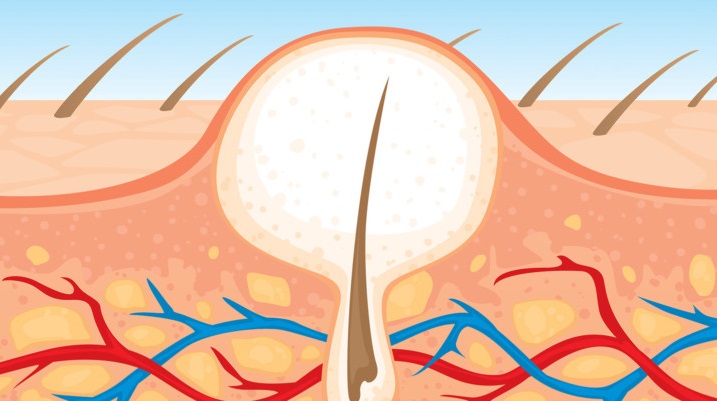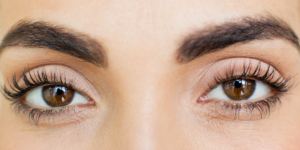
Numerous opportunistic microbes, including fungi, live on human skin. Acne is one of the most prevalent skin conditions, affecting 80% of individuals at some point in their lives. The majority of people take all kinds of anti-acne medications that doctors prescribe, yet they still don’t see the intended outcome. This may occur since they have no acne at all. It makes sense that the acne therapy in this instance is ineffective. Patients with fungus-caused acne utilize anti-acne medications, which exacerbate the problem. For instance, rosacea, mild irritations, milk spots, and Malassezia foliculitis are frequently confused and mixed up with acne. It is conceivable for both skin conditions to coexist and for everything to become totally confusing.
Malassezia, a term for the same biological type of fungi found in hair follicles, is the common cause of excess yeast on the skin that leads to fungal acne. This causes “itchy, inflammatory, or acne-like eruptions when it happens.” Yeast-induced fungus-caused acne has the potential to spread.
From whence does Fungi Acne originate?
Because of the frequent use of sweets like chocolate, pastries, sugar, and candies, among other things, the fungus favors a carbohydrate medium in order to grow on the skin. Additionally, the expansion of fungal colonies may lead to an unchecked antibiotic consumption that throws off the delicate balance between beneficial and detrimental microbiota.
P. acnes is the causative agent of typical acne, but Malassezia fungi cause rashes in cases of Folliculitis. Dandruff and other dermatitis are caused by the same fungi. These fungi are often a healthy component of the skin microbiome, but an excessive amount of them might cause issues.
The increased sebum production leads to the growth of the fungus. It seems that the microorganisms that cause acne prefer environments with high sebum concentrations. Because fungus thrive in high humidity, this skin condition can also occasionally manifest in the tropics or during periods of intense perspiration. Antibiotics are involved because they kill bacteria, both beneficial and harmful, which provides the fungi with a breeding ground and other conditions for growth. Malassezia Antibiotics, including topical antibiotics used to treat acne, can cause foliculitis.
Different Antifungal Drug Types:
Antifungal medications, often known as antimycotics, are a broad class of chemical substances with specialized activity against harmful fungus. They can be synthesized chemically or be derived naturally. They are classified into multiple classes based on their chemical structures, which vary in terms of their pharmacokinetic properties, activity spectrum, and therapeutic application in different fungal diseases (mycoses).
Miconazole: apply twice daily for a week to treat afflicted areas. Massage it into the skin until it absorbs fully.
Ketoconazole: medication based on ketoconazole is administered for a minimum of two weeks. The cream is applied to the affected area of the face as well as the surrounding healthy tissues in order to reduce yeast.
Which substances ought not to be applied to treat fungal acne?
Fungi are living organisms that belong to the kingdom Fungi, so it’s best to stay away from materials and combinations that will encourage their growth. The body serves as a Petri dish for the fungi to develop in. Antibiotics should be avoided in the first place since they destroy bacteria, alter the microbiome’s composition, and provide a haven for fungus. High-fat creams and oils, such as linoleic, oleic, linolenic, and palmitic, are rich in fatty acids. The oils that contain these acids most frequently are almond, rosehip, jojoba, grape seed, and olive. Since fungi thrive on fatty acids, using highly saturated and fatty lotions increases your risk of developing fungal acne.
How Is Fungal Acne Treated?
There are many drugs on the market that can be used to treat acne. The most widely used acne treatments, benzoyl peroxide, salicylic acid, and tretinoin (a form of vitamin A), will not make the issue worse. Visit alldaychemist.com to purchase Retin A cream online at a reasonable cost if you’re searching for a place to acquire tretinoin cream.
An effective systemic antimycotic that prevents the synthesis of an enzyme that is essential for the growth of fungal cells. The medication works well for treating minor cases of dermatophytes and yeast infections. Antifungal lotions and ointments are enough during the early stages of mycosis. Systemic therapy for severe types of mycosis requires the use of probiotics, immunomodulatory drugs, and oral fungicidal medications (Diflucan, Lamisil, Orungal). You can also buy allergy or antifungal drugs, but please remember to see your dermatologist or skin specialist first.


